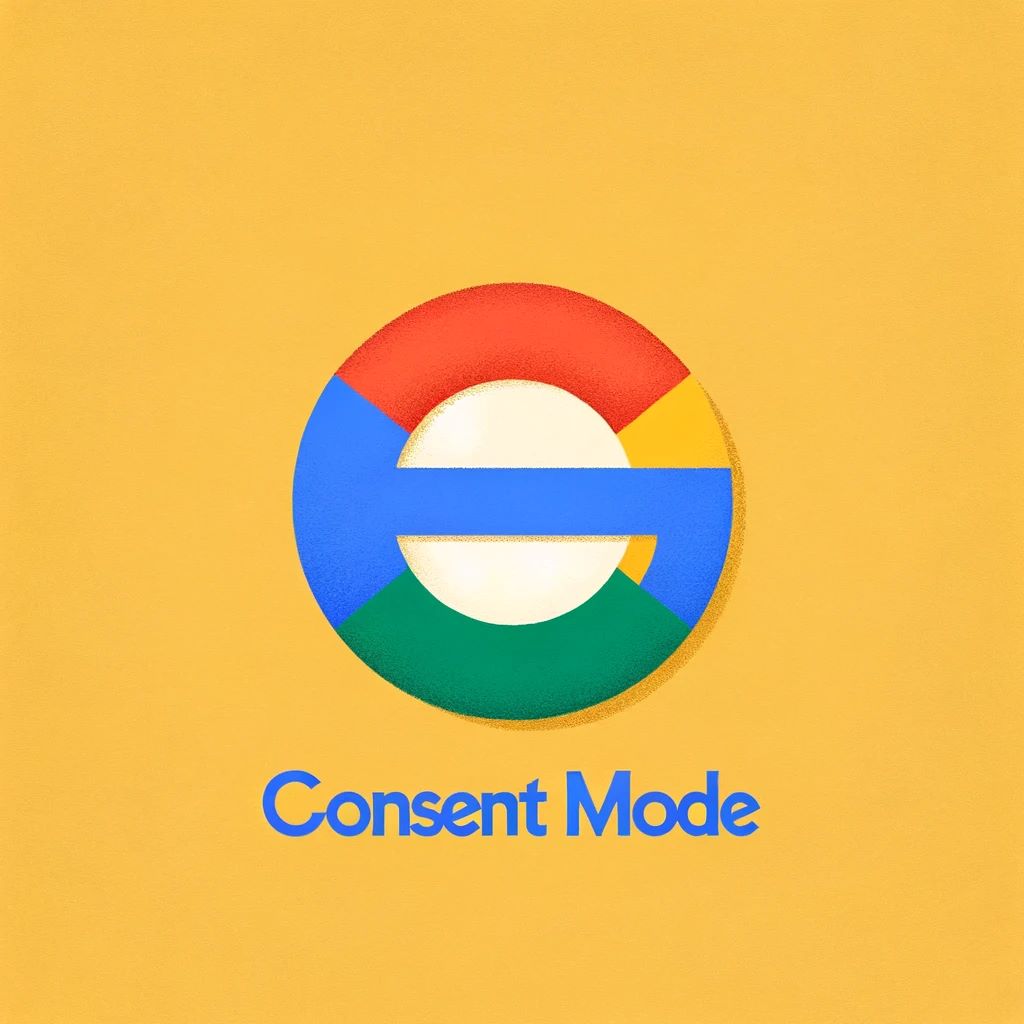As Google Consent Mode becomes increasingly relevant in today’s digital landscape, it’s essential to grasp its implications for privacy and data collection. This guide aims to simplify the complex subject of Consent Mode, providing clear answers to common questions. Whether you’re refining your website’s data practices or seeking clarity on privacy norms, this article is designed to offer insights.
If you encounter any challenges or have specific queries about your Consent Mode setup, our forum is a valuable resource. There, experts and community members are ready to assist, offering guidance and sharing knowledge at no cost.
What Is Google’s Consent Mode?
Google’s Consent Mode introduces a respectful approach to data collection, allowing websites to gather insights on user behavior and conversion metrics without compromising individual privacy. It’s about striking a balance between analytical needs and respecting user consent preferences. For an in-depth exploration, Google’s Consent Mode documentation is an excellent starting point.
What’s New in Consent Mode V2?
Consent Mode V2 introduces two critical consent signals: ad_user_data and ad_personalization. These additions provide users with more control over their data, specifically regarding its use in advertising and remarketing. These signals help businesses tailor their approach to user preferences, ensuring compliance and respect for privacy. The Google developer guide offers detailed insights into these updates.
Advanced vs. Basic Consent Mode: What Are the Differences?
The choice between Advanced Consent Mode and Basic Consent Mode affects how data is collected and utilized. Advanced Consent Mode allows for the collection of data regardless of explicit user consent, focusing on broader data insights. In contrast, Basic Consent Mode ensures data collection only occurs with user consent, prioritizing privacy. Google’s Consent Mode overview provides further clarity on these modes.
Do you need Google Consent Mode?
For websites and apps targeting or based within the European Economic Area, especially those engaged in audience building or remarketing with Google’s advertising tools, implementing Consent Mode is becoming a necessity. It’s a step towards ensuring data practices align with regulatory expectations and user consent.
How to Verify If Consent Mode Is Active?
Verifying Consent Mode’s activation can be achieved through tools like Google’s Tag Assistant, browser developer tools, or specific browser extensions. The presence of the &gcs or &gcd parameters in network requests signifies Consent Mode’s operation. Google Tag Assistant can guide you through this process.
Understanding Consent Signals in Consent Mode V2
In V2, the gcd parameter encapsulates consent signals, offering a unified method to convey user preferences across Google services. This parameter simplifies the transmission of consent information, enhancing clarity and compliance. Google’s update documentation elaborates on this functionality.
Risks Associated with Non-Consensual Data Collection
Collecting data without explicit consent introduces potential legal, ethical, and reputational risks. Ensuring data collection practices are transparent and consensual is paramount. Google’s compliance best practices provide valuable guidelines for navigating these challenges.
Applicability of Consent Mode Across Tags
Consent Mode is relevant to all tags associated with Google services, adjusting data collection based on user consent. This ensures a respectful and compliant approach to data analytics. For comprehensive information, Google Tag Manager’s Consent Overview is an essential resource.
Can Other Services Utilise Consent Mode?
While initially developed by Google, the principles of Consent Mode can be applied across various tags and services. Google Tag Manager facilitates the creation of custom templates that respond to consent signals, allowing for a cohesive and compliant data strategy.
This guide aims to demystify Google Consent Mode, making its principles and practices more accessible. For ongoing updates and further details, regularly consult Google’s official Consent Mode documentation, ensuring your data collection practices remain informed and compliant.

